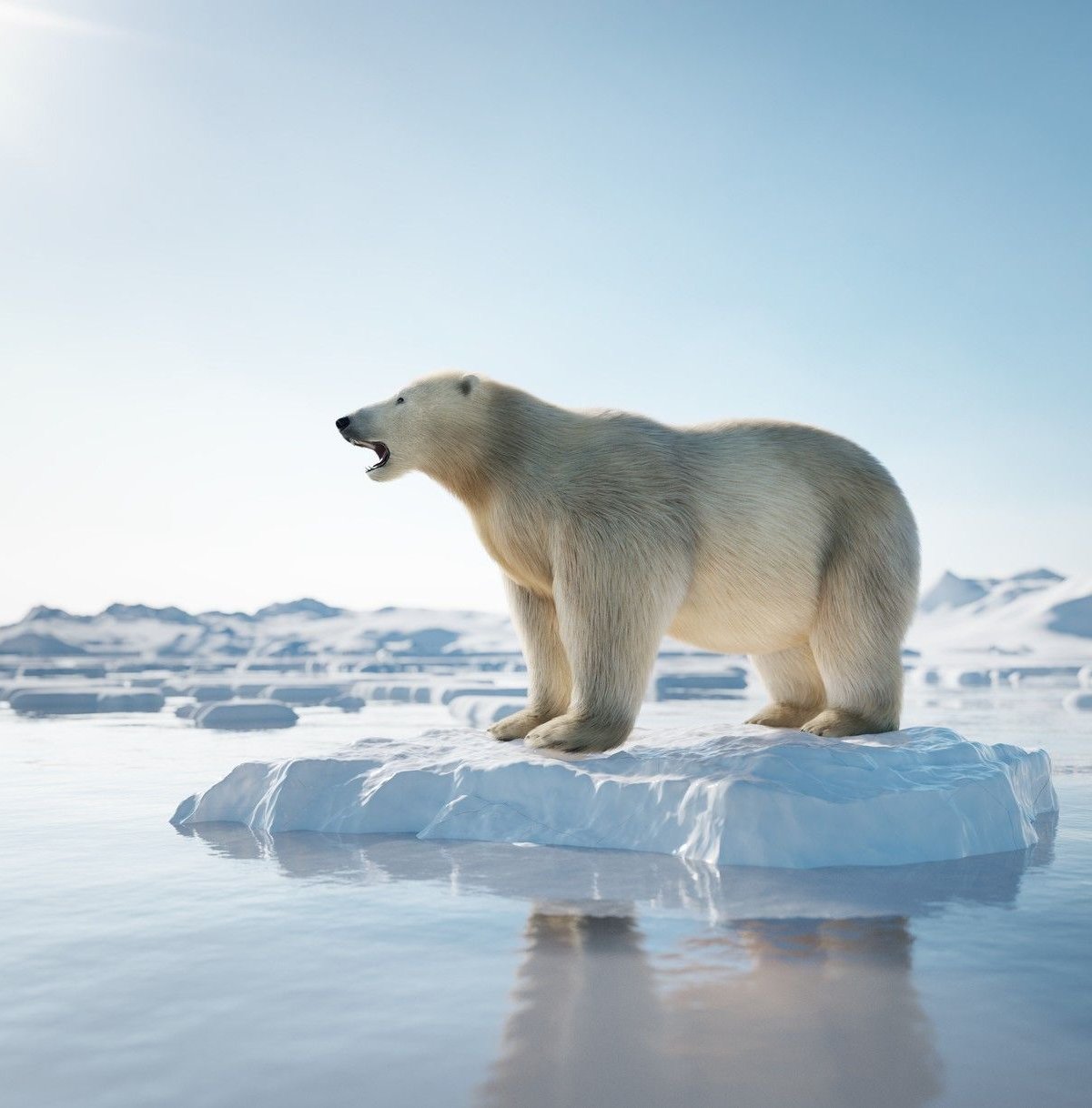A date unthinkable a few years ago, The first ice-free day in the Arctic Ocean is closer than we think and could happen as early as 2027. It is a prediction made by climatologists at the universities of Colorado in Boulder, USA, and Gothenburg (GU), Sweden. This is the first time this type of prediction has been made based on computational models.
Data from the National Snow and Ice Data Center (NSIDC) and NASA show that the region is losing its shield at an alarming rate of 12.4% per decade due to excessive greenhouse gas emissions.
The concept of “ice-free” emerged in the study published in Nature Communications It means reducing the sea ice area to 1 million square kilometers or less. In either case, this melting could lead to a chain reaction of damage, from disruption of global weather patterns to the potential destruction of Arctic ecosystems.
What will the first ice-free Arctic do?
“The first ice-free day in the Arctic isn’t going to drastically change anything,” says co-author Alexandra Jahn, a professor at CU Boulder. But the climate scientist warned in a statement that it was clear evidence of “how we are fundamentally changing one of the defining features of the natural environment in the Arctic Ocean.” […] “Through greenhouse gas emissions.”
The minimum sea ice recorded by NSIDC in the Arctic this year was 4.28 million square kilometers; While this is not the lowest number ever, it is a far cry from the average coverage of 6.85 million square kilometers observed between 1979 and 1992.
Like this First ice-free day will likely occur before first ice-free month“We want to be prepared,” says the study’s first author, Céline Heuzé from GU. The authors will present the results of this study on December 9 at this year’s American Geophysical Union (AGU) meeting in Washington, DC.
How was the first ice-free day designed?

Using results from more than 300 computer simulations, Jahn and Heuzé predicted the first ice-free day in the Arctic. Most models have predicted that this critical date could occur within nine to 20 years after 2023, regardless of whether humans reduce greenhouse gas emissions.
But nine simulations suggested that an ice-free day could occur within three to six years. Researchers considered this scenario as unlikely. due to the high risk it represents.
They found that a series of extreme weather events could melt two million square kilometers or more of sea ice in a short time. The authors concluded that an exceptionally warm autumn, winter and spring would be sufficient for the first ice day to occur at the end of the following summer.
Always stay up to date with the latest studies on the global climate crisis at TecMundo. Until next time!
Source: Tec Mundo
I’m Blaine Morgan, an experienced journalist and writer with over 8 years of experience in the tech industry. My expertise lies in writing about technology news and trends, covering everything from cutting-edge gadgets to emerging software developments. I’ve written for several leading publications including Gadget Onus where I am an author.












